The Secret to Youthful, Radiant Skin
Whether you're formulating for a brand or building your personal skincare routine, GHK-Copper (Copper Tripeptide-1) is a powerhouse ingredient you’ll want to understand. Backed by decades of research, this naturally occurring peptide has earned its place in advanced skin formulations for its ability to stimulate collagen, accelerate healing, and support a youthful glow—all without the side effects of harsher anti-aging compounds.
In this post, we’ll explore what GHK-Copper is, how it works, the difference between its powder and liquid forms, and how both formulators and consumers can harness its incredible skin benefits.
What is GHK-Copper?
GHK-Copper is a tripeptide (Glycyl-L-Histidyl-L-Lysine) that naturally binds to copper ions, forming Copper Tripeptide-1. This complex is found in human plasma, saliva, and urine, and plays a vital role in tissue regeneration and repair. Its small molecular size allows it to penetrate skin easily and activate a range of biological processes related to skin renewal.
Benefits of GHK-Copper for Skin Health
1. Promotes Collagen & Elastin Production
As we age, collagen and elastin fibers break down, leading to fine lines, sagging, and dullness. GHK-Cu boosts collagen types I, III, and IV and elastin synthesis, significantly improving firmness and elasticity.
→ Study on increased collagen and wrinkle reduction
2. Enhances Skin Regeneration & Wound Healing
Originally studied for its role in wound repair, GHK-Cu accelerates tissue regeneration by stimulating keratinocyte migration, fibroblast proliferation, and angiogenesis. It’s especially useful in scar repair and recovery from photodamage.
→ Clinical support on tissue regeneration
3. Improves Tone and Texture
GHK-Cu has anti-inflammatory and pigmentation-balancing effects, helping to reduce redness, discoloration, and blotchiness. It supports a brighter, more even complexion.
→ Review on antioxidant and skin tone improvement
4. Provides Antioxidant Protection
By scavenging free radicals, GHK-Cu protects the skin from oxidative stress caused by UV exposure and pollution, making it an excellent addition to both anti-aging and preventative skincare.
→ Study on antioxidant and anti-aging effects
5. Works Synergistically with Other Actives
In formulation, GHK-Cu can be paired with Hyaluronic Acid, Niacinamide, or Panthenol for enhanced hydration, barrier support, and regeneration. It’s especially potent in serum and overnight treatments.
→ Study on collagen synergy with HA
Powder vs. Liquid GHK-Copper: What’s the Difference?
-
Best for advanced formulators looking for full control over pH, preservatives, and concentration.
-
Requires careful formulation and dissolution into aqueous or hydrating mediums (usually below pH 7).
-
Stable when stored properly and ideal for custom water-based serums, mists, or gels.
-
Pre-dissolved for easy incorporation into serums, emulsions, and creams.
-
Great for beginner formulators or those wanting to skip the peptide solubilization step.
- Liposomes enhance delivery, allowing actives to penetrate deeper and work longer.
- Time-Release Technology ensures steady, prolonged absorption for enhanced skin & hair benefits.
-
Still requires protection from light and air—look for airless packaging or store in amber containers.
Incorporating GHK-Copper Into Skincare Formulas
Tips for Formulating with GHK-Copper
-
Always formulate below pH 7 to maintain peptide stability.
-
Use chelating agents (like sodium phytate) to protect copper ions from oxidation.
-
Pair with non-acidic ingredients; avoid layering with strong acids or retinoids in the same formula to preserve efficacy.
The Science Meets Skin Deep Beauty
Ready to formulate with GHK-Cu?
Explore our high-quality GHK-Cu Powder and GHK-Cu Liposome Liquid options, 7% or 10%—perfect for serums, moisturizers, masks, and more.


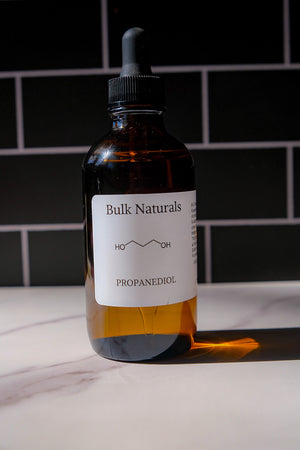
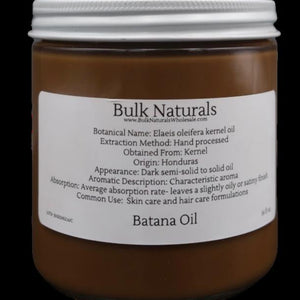
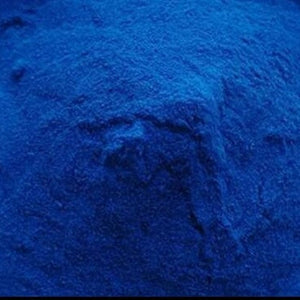
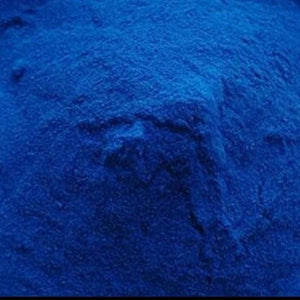


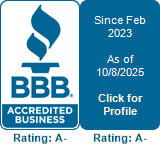
Leave a comment